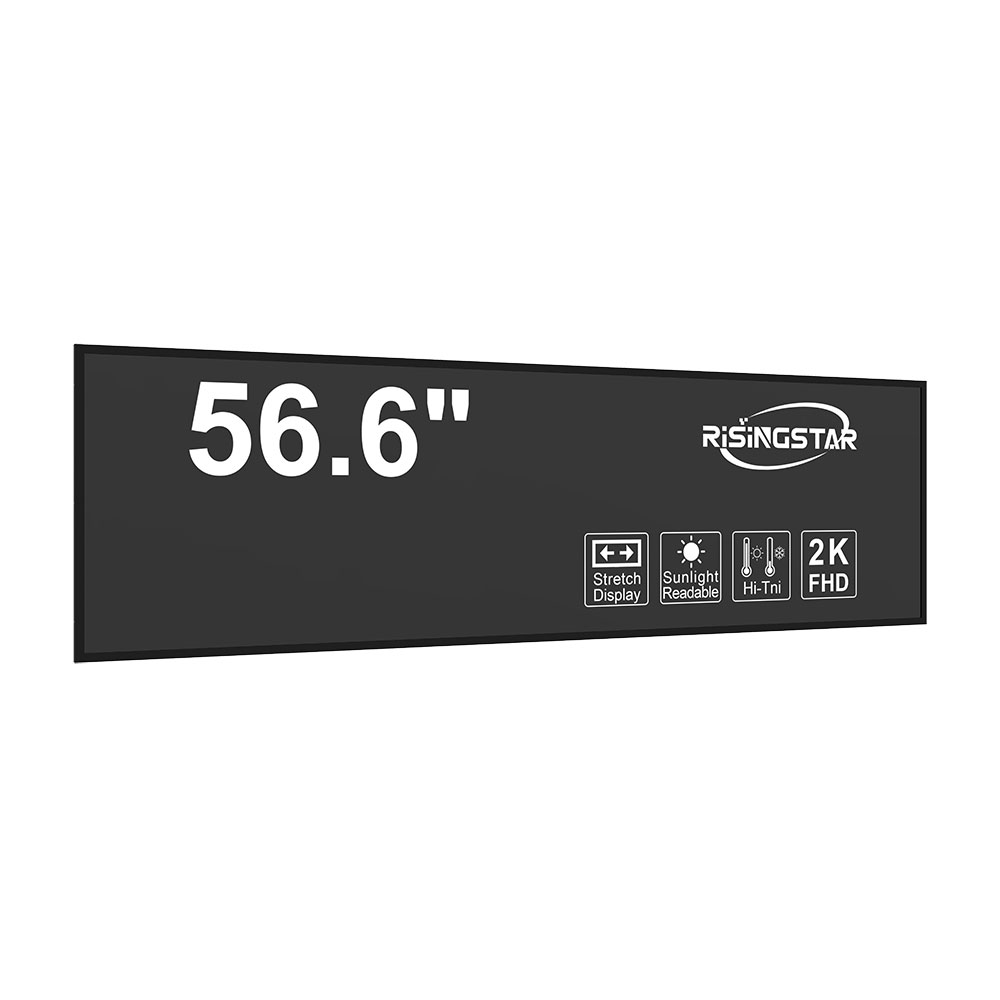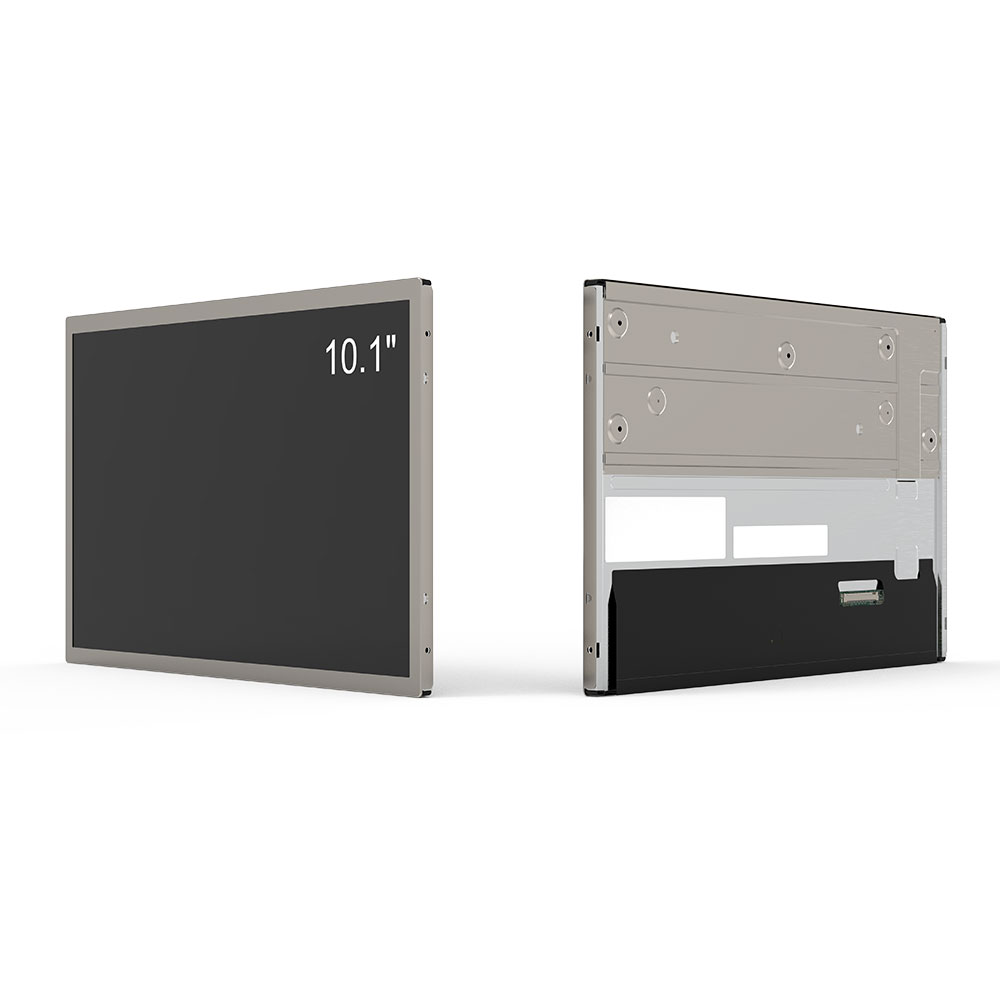- Home
- About Us
- Products
- News
- Video
- Contact
- Send Inquiry
Search
- Home
- About Us
- Products
- News
- Video
- Contact
- Send Inquiry

When selecting an outdoor high-brightness LCD screen for commercial or industrial use, it's critical to understand not only the technical specifications but also real-world performance under environmental stress. According to industry data from Display Supply Chain Consultants (DSCC), over 70% of outdoor digital signage failures are due to inadequate brightness, poor thermal management, or improper sealing—factors that can be avoided with informed design choices.
The first step is determining the required brightness level. Most outdoor screens must exceed 5,000 nits to remain visible in direct sunlight—a benchmark set by ISO 9241-302 for human factors in display systems. However, high-end applications like airport information displays or highway advertising often demand 8,000–10,000 nits. For instance, a case study from Samsung’s Digital Signage division shows that their 10,000-nit LED-backlit LCD panels maintained readability at 3 PM sun exposure across 12 months in Dubai, outperforming standard 5,000-nit models by 40% in contrast retention.
Next, consider the panel type: IPS (In-Plane Switching) vs. VA (Vertical Alignment). IPS panels offer wider viewing angles (up to 178°), crucial for public spaces where viewers approach from multiple directions. VA panels, while offering higher contrast ratios (up to 3,000:1), suffer from narrow viewing angles—making them less suitable for open-air environments. A 2023 report from Statista confirms that 65% of new outdoor installations now use IPS-based panels, citing better color consistency under varying lighting conditions.

Environmental protection is equally vital. The IP65 rating (dust-tight and protected against water jets) is the minimum for most outdoor deployments. For extreme climates—such as coastal areas with salt spray or arid regions with sandstorms—IP68 or even IP69K (resistant to high-pressure steam cleaning) is recommended. In a field test conducted by LG Display in Phoenix, Arizona, IP69K-rated units showed zero degradation after 6 months of continuous exposure to 110°F temperatures and dust storms, whereas IP65 units failed within 90 days due to internal condensation.
Thermal management is another often-overlooked factor. Outdoor LCDs generate significant heat under direct sunlight. Passive cooling (heat sinks) may suffice for short-term use, but active cooling (fans with dust filters) is essential for 24/7 operation. Industry standards such as IEC 60068-2-14 (salt fog test) and MIL-STD-810G (military-grade durability) provide frameworks for validating resilience. For example, NEC’s X Series outdoor monitors, which comply with these standards, have been deployed in military command centers worldwide with 99.8% uptime over five years.

Finally, integration capabilities matter. Modern outdoor screens should support PoE (Power over Ethernet), RS-485 control interfaces, and cloud-based content management systems (CMS). This enables remote diagnostics, firmware updates, and energy-efficient scheduling. A 2022 survey by Futurum Research found that businesses using CMS-integrated outdoor displays saw a 30% reduction in maintenance costs compared to standalone units.
By prioritizing brightness, panel technology, environmental sealing, thermal design, and smart connectivity, organizations can ensure long-term reliability, reduce downtime, and maximize ROI in demanding outdoor settings.